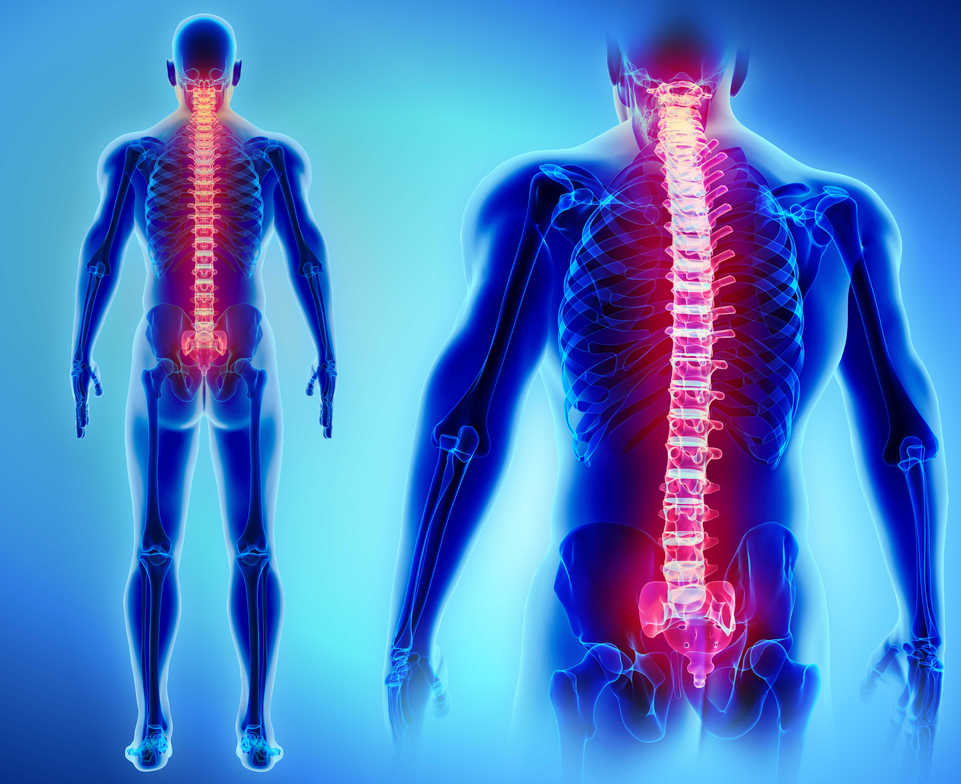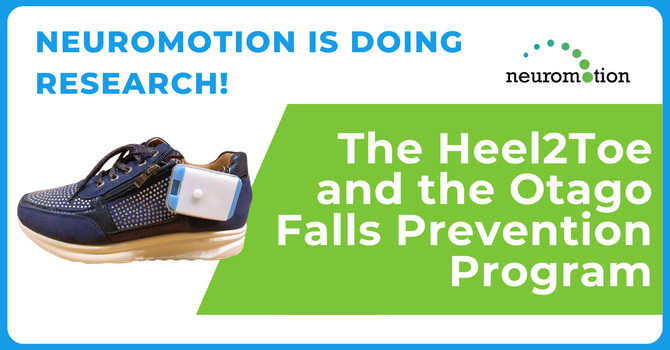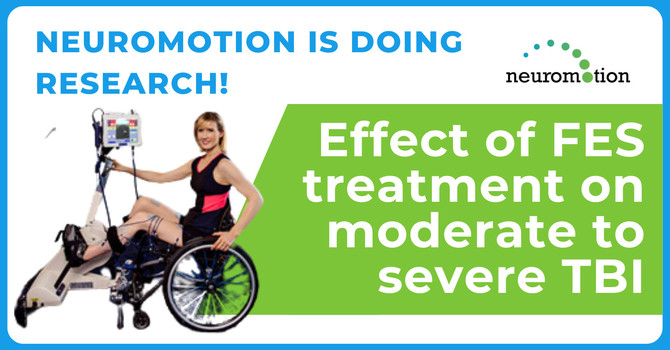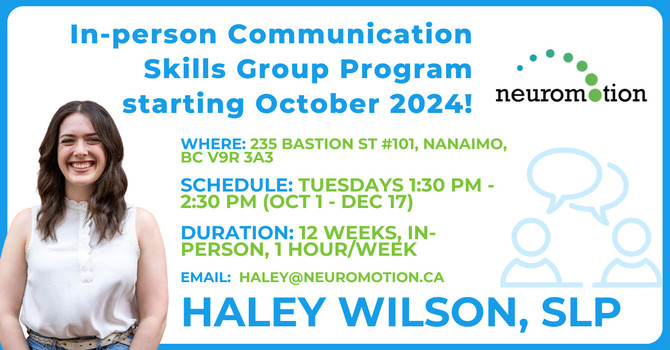
Spinal Cord Injuries
By Jenna Dolphin
Rick Hansen (Man in Motion) sustained a spinal cord injury in 1973. Christopher Reeves (Superman) fell off his horse which resulted in a spinal cord injury. Both men created foundations that help with research into spinal cord injuries.
What it is: Spinal cord injury (SCI) is a medical condition that results from damage to the spinal cord. This condition often occurs due to major traumatic events including motor vehicle accidents, falls, violence, or sports injuries. However, the spinal cord may also become injured due to medical issues including blood flow compromises, exposure to toxins, or abscesses. The severity of the SCI and predicted treatment outcomes depend on where in the spinal cord the damage occurred and how severe the damage was. The age groups with the highest risk for developing a SCI are individuals between 16 and 30 years old and individuals aged 65 or older.
Signs and Symptoms: Spinal cord injury symptoms affect body areas below the site of injury. There are two main types of spinal cord injuries: complete and incomplete. Complete injuries result in a loss of all feeling and abilities to control the movement of specific muscles while incomplete injuries include only partial loss of motor or sensory functioning. In both types, common symptoms include a loss of sensation, movement control, bladder/bowel control, spasms or uncontrollable reflexes, numbness/tingling sensations, balance challenges, or difficulty breathing. It is important to note that signs and symptoms of a spinal cord injury can occur at varying times and do not necessarily have to occur immediately after the trauma occurs. If you suspect someone has a spinal injury, ensure they remain still, and that medical attention is received as soon as possible.
How we Treat: Early rehabilitation after a SCI is important to try to prevent the loss of muscle strength and bone density, as well as ensure normal functioning of the digestive and respiratory systems. Rehabilitation can also assist in preserving skin health and reducing pain related to the injury. At Neuromotion we adapt treatment plans to fit individual conditions to help our clients learn how to better control their current movement abilities while also working to expand their movement capacity. This is done through movement, breathing, and relaxation exercises. To assist in this process, we use equipment such as walkers, parallel bars, FES bike, Lokomat walking device, electronic muscle stimulation, and other rehabilitation equipment tools. In addition, we offer adapted fitness classes such as boxing which can aid in maintaining heart health and prevent other health complications from occurring. Through therapy, our goal is to increase your quality of life by working with you to meet your movement goals.
References:
1. Bennett, J., Das, J., Emmady, P. (2022) Spinal Cord Injuries National Library of Medicine Retrieved from: https://www.ncbi.nlm.nih.gov/books/NBK560721/
2. Mayo Clinic (2022) Spinal Cord Injury Retrieved from: https://www.mayoclinic.org/diseases-conditions/spinal-cord-injury/symptoms-causes/syc-20377890
3. Nas, K., Yazmalar, L., Şah, V., Aydın, A., & Öneş, K. (2015). Rehabilitation of spinal cord injuries. World journal of orthopedics, 6(1), 8–16. https://doi.org/10.5312/wjo.v6.i1.8





